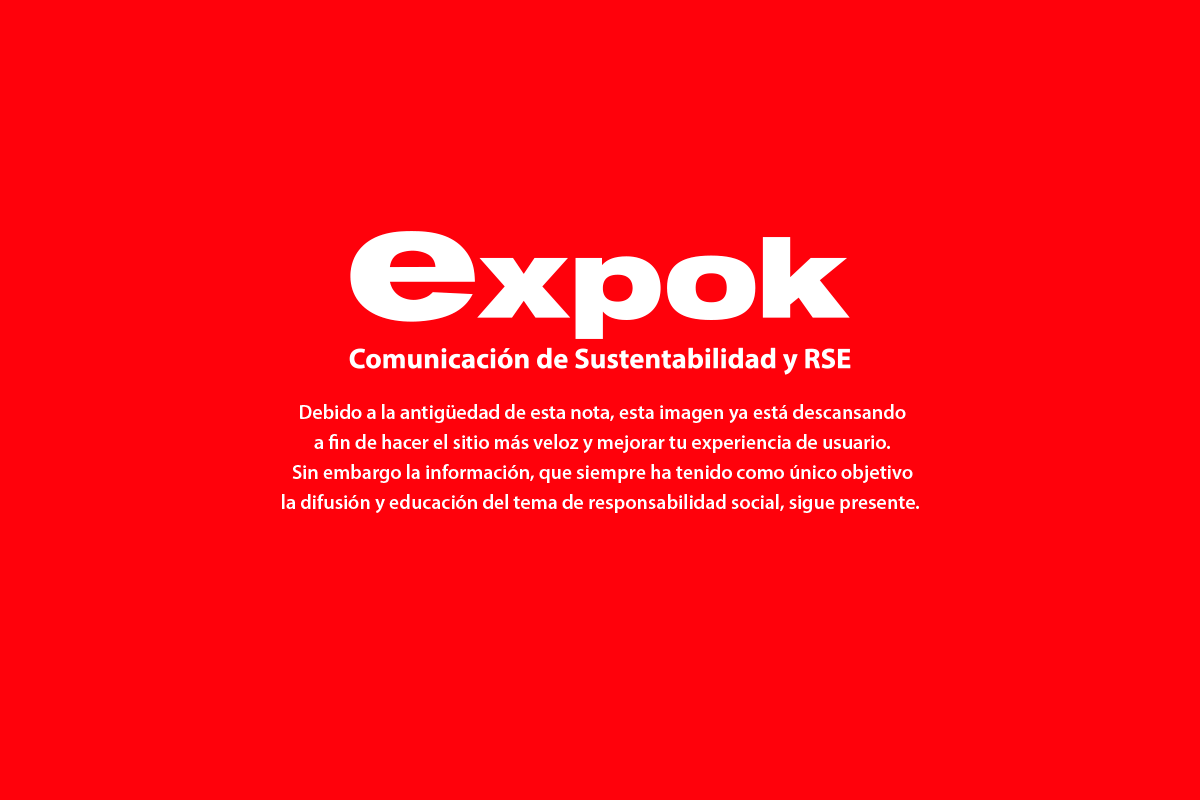One of the major reasons for the failure of the 2009 Climate Convention Conference in Copenhagen was the issue of carbon debt. Developed countries called for emission reductions in developing countries, while the latter use the former's historical emissions, their carbon debt, as a reason for inaction. An article recently published in Scandinavian Economic History Review suggests how to finally settle this question of historical responsibility.
Jan Kunnas from the University of Stirling and his colleagues from universities in the UK and New Zealand examined how to incorporate the environmental effects of fossil fuel use into the national accounts and measures of sustainability. They suggest using a single global price for carbon dioxide emissions, as there is in the long term no possibility for a single country to isolate itself from the impacts of climate change. Every country will be affected to some degree, say from increases in food prices as climate change has negative impacts on global food production or from climate refugees. Ethically speaking, the use of a global damage cost indicates a belief that we are all in the same lifeboat when it comes to the long-term effects of climate change. Furthermore, the calculated price should decrease as we move back in time to take into account that carbon dioxide is a stock pollutant, and that one unit added to the present large stock is likely to cause more damage than a unit emitted under the lower concentration levels in the past.
There is a large variation between different estimates of the costs of carbon dioxide emissions, depending on the estimates of future mitigation or a business as usual approach and the damage the estimated emission path will lead to. To account for this variation a low, medium and high price was used to calculate the annual costs of carbon dioxide emissions. This shows how much lower annual GDP would be, if future generations bearing the costs of climate change could demand compensation for this externality. In Britain the costs of carbon dioxide as a share of GDP peaked at the eve of the first oil crisis in 1971 between 0.3% and 4.3% depending on the price used, and in the USA between 0.4% and 5.4% of GDP.
The annual effects of carbon dioxide might be small, but the cumulative effects are not. For Britain the cumulative effects from 1800 to 2000 range from £100 to £1400 billion, and for the USA from $960 to $13,600 billion (in 2000 prices). In other words at most the cumulative carbon debt exceeds, the annual GDP, which in 2000 were £916 billion in the UK and $9951 billion in the USA.
Calculating the cumulative cost of carbon dioxide emissions provides us an opportunity to finally settle the question of historical responsibility for the damages caused by climate change. The choice of price has a big influence on the accumulated costs, but it does not affect the relative position of different countries. With both a constant price and a declining price the USA has the highest cumulative cost of carbon emissions during the period 1902—2009, contributing 24–27% of the cumulative global cost, followed by the EU with 17–19%. China is nowadays the biggest source of carbon dioxide, but the cumulative costs of its emissions are still long behind with 10–12%.
These calculations support the notion that the main reason for a warming climate is the historical greenhouse-gas emissions of developed countries; 41–47% of the costs are due to the cumulative emissions of carbon dioxide from the USA and the EU alone. On the other hand, the emissions of the big four major contributors account for only 57–59% of the total cumulative costs, leaving over 40% to the rest of the world, supporting the need for a global treaty put forward by developed countries. The starting point for such treaty could be a mutual debt cancellation, developed countries' carbon debts offsetting developing countries' conventional monetary debt, leaving the dispute about historical responsibility behind.
NOTE TO JOURNALISTS
When referencing the article: Please include Journal title, author, published by Taylor & Francis and the following statement:
* Read the full article online:http://www.tandfonline.com/doi/full/10.1080/03585522.2014.896284
-----------------------------------------
About Taylor & Francis Group
-----------------------------------------
Taylor & Francis Group partners with researchers, scholarly societies, universities and libraries worldwide to bring knowledge to life. As one of the world's leading publishers of scholarly journals, books, ebooks and reference works our content spans all areas of Humanities, Social Sciences, Behavioural Sciences, Science, and Technology and Medicine.
From our network of offices in Oxford, New York, Philadelphia, Boca Raton, Boston, Melbourne, Singapore, Beijing, Tokyo, Stockholm, New Delhi and Johannesburg, Taylor & Francis staff provide local expertise and support to our editors, societies and authors and tailored, efficient customer service to our library colleagues.










